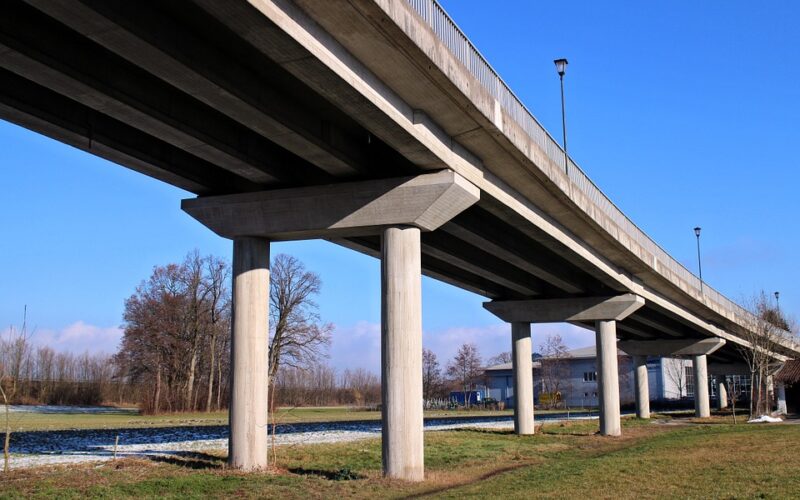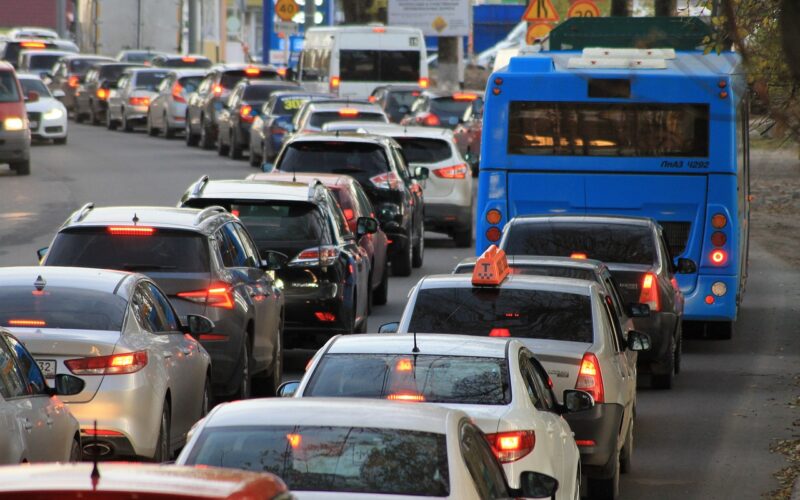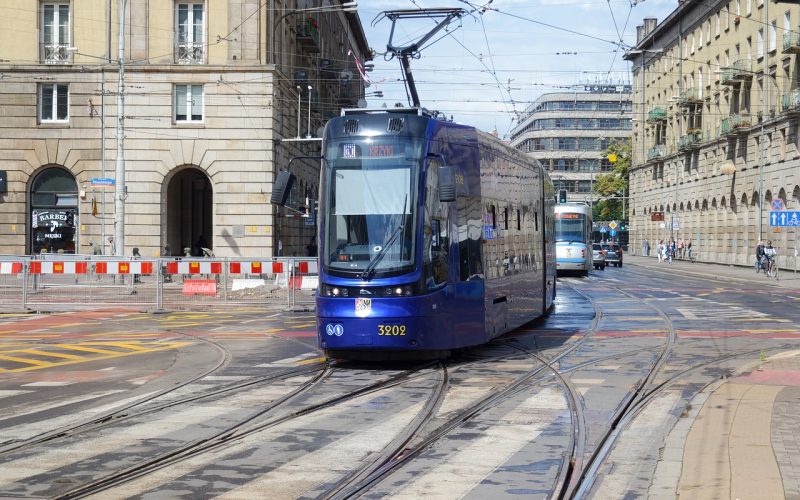Cycling has long been hailed as an environmentally friendly and health-promoting mode of transport. In recent years, there has been a substantial push from urban planners and city governments worldwide to make cycling not just a viable option, but a safe and preferred one. This has led to a wave of new facilities designed to promote safe cycling.
Infrastructure developments for cyclists
One of the most significant steps cities have taken is the development of infrastructure specifically for cyclists. This includes dedicated cycle lanes, which are often physically separated from motor traffic, providing cyclists with a safer environment. Cities such as Amsterdam, Copenhagen, and Portland have long been pioneers in this regard, boasting extensive networks of bike lanes that cater to their cycling populations. These infrastructures not only ensure safety but also encourage more people to cycle, thereby reducing traffic congestion and pollution.
Integration with public transport systems
Another innovative approach is the integration of cycling with public transport systems. Many cities are now providing facilities for cyclists to park their bikes securely at train and bus stations, or even allowing bicycles on public transport during off-peak hours. This intermodal transport approach makes it easier for people to use bicycles for just one leg of their commute, thereby expanding their range and making cycling more practical for everyday use. Cities like Berlin and Tokyo have set examples by seamlessly integrating cycling with their efficient public transport networks.
Bike-sharing schemes
The advent of bike-sharing schemes has also played a pivotal role in promoting safe cycling. These systems allow residents and tourists alike to rent bicycles for short trips, encouraging more people to choose cycling over other forms of transport. By providing well-maintained bikes and ensuring that they are available in numerous locations, bike-sharing schemes have made cycling more accessible and practical. Cities such as Paris with its Vélib' system and New York City’s Citi Bike programme have successfully implemented such schemes, seeing a marked increase in local cycling activity.
Educational programs and community initiatives
Education is another vital component in the promotion of safe cycling. Many cities have launched initiatives to educate both cyclists and motorists about road safety and cycling etiquette. These programs often include workshops, safety courses, and community events aimed at increasing awareness and fostering a culture of respect on the road. Additionally, bike festivals and group rides can create a sense of community among cyclists, further promoting cycling as a positive social activity.
Technological advancements in cycling safety
Technological advancements are also playing a role in making cycling safer. Innovations such as smart helmets, bike lights, and apps that plan safe cycling routes are being embraced by cycling communities worldwide. Some cities are even adopting technology to monitor cycling patterns and safety risks, using data analytics to improve infrastructure planning and respond to the needs of cyclists. These technologies not only enhance safety but also make cycling a more appealing option for tech-savvy commuters.
Challenges and future prospects
Despite these efforts, there are still challenges to overcome. In many cities, cycling infrastructure is still underdeveloped, and cultural attitudes towards cycling can be a barrier to its adoption. However, with increasing awareness of environmental issues and the push for more sustainable urban mobility solutions, it seems likely that cycling will continue to gain traction as an essential part of urban life.
The efforts by cities to promote safe cycling are multifaceted, addressing infrastructure, integration, education, technology, and community. While challenges remain, the momentum is clearly towards creating urban environments where cycling is not only safe but also a preferred and celebrated mode of transport. As these initiatives continue to evolve and expand, the future looks bright for cycling enthusiasts worldwide.




















